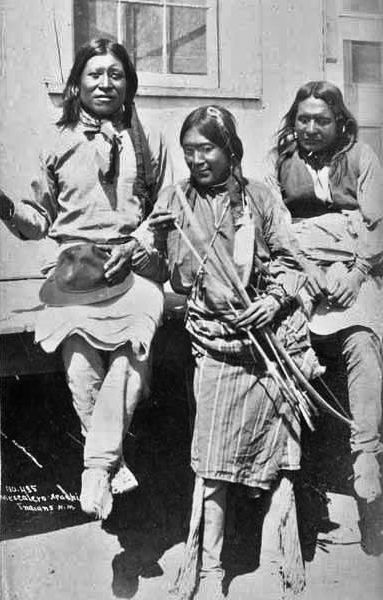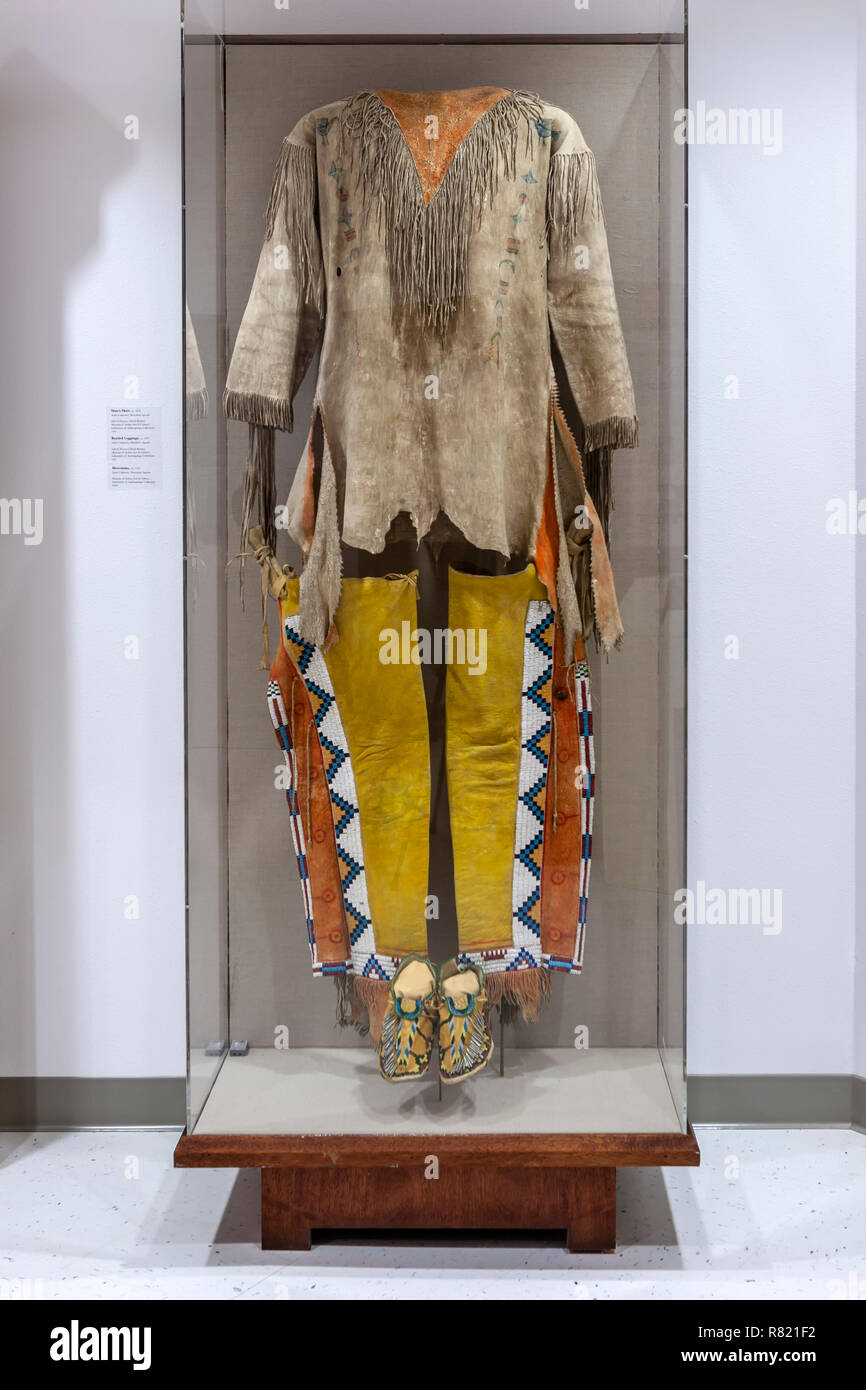
Where the Wind Whispers Legends: Fort Union, the Mescalero Apache, and the Unwritten Chapters of America
The American West, a landscape etched with dreams and drenched in blood, remains the continent’s most potent forge of legends. It is a place where the grandeur of nature met the relentless march of human ambition, giving birth to tales of cowboys and cavalry, pioneers and warriors. Yet, the truest legends often lie not in the triumphant narratives of conquest, but in the complex, often tragic, intersections of cultures and destinies. One such profound intersection, a place where the very wind seems to carry the echoes of a tumultuous past, is Fort Union in New Mexico, a strategic bastion of the U.S. Army, and the ancestral lands of the resilient Mescalero Apache.
To understand the legends born from this crucible, one must look beyond the simplified heroics and delve into the layered reality of a nation expanding, clashing with the ancient ways of its original inhabitants. Here, on the high plains of northeastern New Mexico, where the Santa Fe Trail carved its indelible path, Fort Union stood as a sentinel, its adobe walls and earthen redoubts a physical manifestation of American power. But for the Mescalero Apache, these were not empty lands awaiting settlement; they were home, sacred hunting grounds, and the very repository of their identity.
The Grand Stage: Manifest Destiny and the Frontier’s Edge

The mid-19th century was a period of fervent nationalistic zeal in America, driven by the concept of Manifest Destiny – the belief in a divinely ordained right to expand westward. This vision, however, largely ignored the millions of Indigenous peoples who had thrived on these lands for millennia. The acquisition of vast territories after the Mexican-American War in 1848 opened up an immense, new frontier, presenting both unprecedented opportunities and intractable conflicts.
Central to this expansion was the Santa Fe Trail, a vital artery of commerce and communication linking Missouri to Santa Fe. Wagons laden with goods, hopeful settlers, and soldiers traversed its dusty miles, often under threat from various Native American tribes who saw these incursions as direct challenges to their sovereignty and way of life. The U.S. government’s response was predictable: establish military outposts to protect its interests.
Fort Union: A Bastion Against the Unseen Enemy
Established in 1851, Fort Union was not just another military post; it was, for decades, the largest and most important U.S. Army installation in the entire Southwest. Strategically located at the junction of two branches of the Santa Fe Trail, it served as the principal quartermaster and ordnance depot for a vast region, supplying over 40 other forts and commands. Its sheer scale was legendary: at its peak, it housed hundreds of soldiers, civilians, and countless animals, a bustling hub of activity in an otherwise desolate landscape.
The fort itself evolved through three distinct iterations. The first, a simple log and stockade structure, quickly proved inadequate. The second, built primarily of adobe, was a more substantial complex, designed for defense and administration. The third, begun in the 1860s, incorporated advanced earthwork fortifications, a response to perceived threats during the Civil War, though the Confederacy’s push into New Mexico was ultimately repelled at Glorieta Pass, a battle where Fort Union’s supplies proved crucial.
From its sprawling parade ground to its vast storehouses, Fort Union was a symbol of American resolve. Its mission was multifaceted: protect the Santa Fe Trail, police the frontier, and, crucially, exert control over the Native American tribes of the region, including the Ute, Comanche, Kiowa, and most prominently, the various bands of Apache, particularly the Mescalero. The men who served here, often young and far from home, faced grueling conditions, isolation, and the constant threat of skirmishes. Their legends are etched in the crumbling adobe and the silent earthworks – tales of duty, hardship, and the relentless pursuit of a vision of America.
Today, as a National Historic Site, Fort Union’s dramatic ruins stand as a testament to this past. The skeletal remains of its walls, eroded by time and weather, whisper stories of drills, bugle calls, and the distant rumble of wagons. A visitor standing amidst these remnants can almost feel the presence of the soldiers who once walked these grounds, their breath condensing in the crisp New Mexico air. As one National Park Service historian aptly put it, "The ground is hollow under Fort Union," implying the countless lives, stories, and dreams buried beneath its dusty foundations.
The Mescalero Apache: Guardians of the Sacred Peaks

While Fort Union represented the encroaching new order, the Mescalero Apache embodied an ancient one. Their name, derived from the mescal or agave plant, which was a vital part of their diet and culture, speaks to their deep connection to the land. Unlike the Plains tribes, the Mescalero were primarily mountain dwellers, their territory stretching across the rugged peaks and arid basins of south-central New Mexico, western Texas, and parts of Chihuahua, Mexico. They were skilled hunters, primarily of buffalo and deer, and adept gatherers, intimately familiar with every plant and animal in their domain.
The Mescalero lived a semi-nomadic life, moving with the seasons and the availability of resources. Their social structure revolved around extended families and bands, led by respected headmen and spiritual leaders. Their religion was deeply animistic, revering the mountains, water sources, and all living things as imbued with sacred power. The Sierra Blanca, or White Mountains, in particular, held immense spiritual significance, considered the home of powerful spirits and a place of refuge and ceremony.
For the Mescalero, the arrival of first the Spanish, then the Mexicans, and finally the Americans, represented a relentless assault on their way of life. They were warriors, fiercely independent, and renowned for their raiding prowess – a strategy often employed not just for sustenance but also as a form of resistance and to acquire resources that the encroaching cultures possessed. Leaders like Victorio and Nana would later become legendary figures in Apache resistance, though their struggles often involved multiple Apache bands. The Mescalero’s legend is one of profound adaptation, unwavering spirit, and a deep-seated commitment to their ancestral lands.
The Inevitable Collision: Clash of Worlds, Forge of Legends
The stage was set for an epic, heartbreaking collision. From the perspective of Fort Union and the U.S. Army, the Apache were "hostiles," raiders who threatened American lives and property, impeding progress and requiring "pacification." From the Mescalero perspective, the Americans were invaders, usurping their lands, killing their game, and disrupting their sacred way of life.
Fort Union played a direct role in the campaigns against the Mescalero. Soldiers from the fort routinely patrolled vast stretches of territory, engaged in skirmishes, and attempted to enforce treaties that were often signed under duress and rarely honored by both sides. The infamous Bosque Redondo Reservation, a failed experiment in forced agricultural resettlement, saw thousands of Navajo and Mescalero Apache confined in harsh conditions in the 1860s. While Fort Union was not directly involved in the creation of Bosque Redondo, it was a critical supply point for the troops enforcing the removal and guarding the reservation. The sheer logistical challenge of supplying Bosque Redondo fell heavily on Fort Union, highlighting its central role in the broader Apache Wars.
The legends born from this conflict are multifaceted. For the soldiers, it was a test of courage and endurance against a cunning and elusive enemy. For the Mescalero, it was a desperate struggle for survival, a fight to preserve their culture and freedom against overwhelming odds. Stories of daring raids, strategic retreats into the mountains, and fierce resistance against technologically superior forces became part of the Apache oral tradition, passed down through generations. These are not tales of simple good versus evil, but of two peoples, each convinced of the righteousness of their cause, locked in a battle for the very soul of the land.
Echoes of Resilience: The Enduring Apache Spirit
Despite decades of relentless pressure, military campaigns, broken treaties, and forced relocations, the Mescalero Apache never fully surrendered their spirit. Their legends are not just of war, but of profound resilience, cultural tenacity, and an unbreakable bond with their homeland. They learned to adapt, to resist, and ultimately, to survive.
Today, the Mescalero Apache Nation thrives on its reservation in the beautiful Sierra Blanca region, a testament to their ancestors’ unwavering resolve. They have successfully blended their rich traditions with modern advancements, maintaining their language, ceremonies, and cultural practices while also engaging in economic development, including tourism and resource management. The legend of the Mescalero is a living one, embodied in the strength of their community, the wisdom of their elders, and the hopes of their youth. It is a legend that reminds America that true strength lies not just in conquest, but in enduring identity and the power of a people to reclaim their narrative.
The Unwritten Chapters: Legends of Memory and Reconciliation
The legends of Fort Union and the Mescalero Apache are inextricably linked, two sides of the same historical coin. Fort Union, in its majestic desolation, stands as a legend of a nation’s expansion, its strategic genius, and its military might. It is a legend of the soldiers who built it, served in it, and sometimes died for it, contributing to the establishment of the American West as we know it.
The Mescalero Apache, however, represent a deeper, more ancient legend – one of ancestral connection, spiritual fortitude, and indomitable resistance. Their legends are etched not in crumbling adobe, but in the living landscape, the sacred peaks, and the vibrant oral traditions passed from one generation to the next. They are the legends of a people who, despite facing the near-annihilation of their way of life, refused to be erased.
Together, these interwoven narratives form a more complete, more honest legend of America. They compel us to acknowledge the complexities of our past, to celebrate the diverse threads that make up our national tapestry, and to understand that progress often came at an immense human cost. The winds that sweep across the ruins of Fort Union and through the Mescalero peaks carry not just the dust of history, but the enduring whispers of legends – legends that continue to teach us about conflict, resilience, survival, and the profound power of memory in shaping who we are as a nation. By listening closely to these whispers, we can begin to write the unwritten chapters, forging a future built on understanding and respect for all the stories that make up the rich, sometimes painful, legend of America.


